As a major source of nitrous oxide (N2O), natural soils contribute significantly to the greenhouse gas (GHG) emissions. However, while most studies about soil emissions focused on agricultural soils, considerable uncertainties remain in the sphere of natural soils regarding the spatiotemporal patterns and underlying drivers of N2O emissions due to the limited number of studies. To fill this research gap, the team led by Assistant Professor Songbai Hong from the School of Urban Planning and Design, Peking University, has published a comprehensive study titled “Magnitude, distribution and temporal trend of nitrous oxide emissions from China’s natural soils over 1980–2022” in the April 2025 issue of Science China Earth Sciences.
Natural Soils: A Crucial but Uncertain Source of N₂O
Natural ecosystems, including forests and grasslands, play a vital role in the concentration of atmospheric N2O, especially in a country with vast ecological diversity as China. However, the estimate of emissions from these systems have long been highly uncertain, which hinders the accurate accounting of national GHG inventories.
Compiling a dataset of 319 field-based observations from 212 published studies, Hong’s team employed random forest models to analyze N2O emissions at 0.1° × 0.1° resolution from 1980 to 2022 for forest and grassland soils. The results revealed that the average N2O emission from China’s natural soils was 646.2±27 Gg N2O yr-1, with forest and grassland soils contributing roughly equally. Compared to process-based models and direct extrapolations from observations, this approach substantially reduced uncertainty and improved spatial resolution.
Spatial Pattern and Key Drivers of N2O
The N2O flux of both forest and grassland soils displayed marked spatial heterogeneity. Forests in southern China generally showed higher N2O fluxes than those in the northern areas, with emission hotspots observed in tropical regions, the eastern coast and southeastern Tibetan Plateau. N2O flux of grassland soils followed a distinct spatial pattern, decreasing from the southeastern to northwestern China, with localized hotspots in the Sichuan Basin, central Xinjiang, and the southeastern part of Tibetan Plateau.
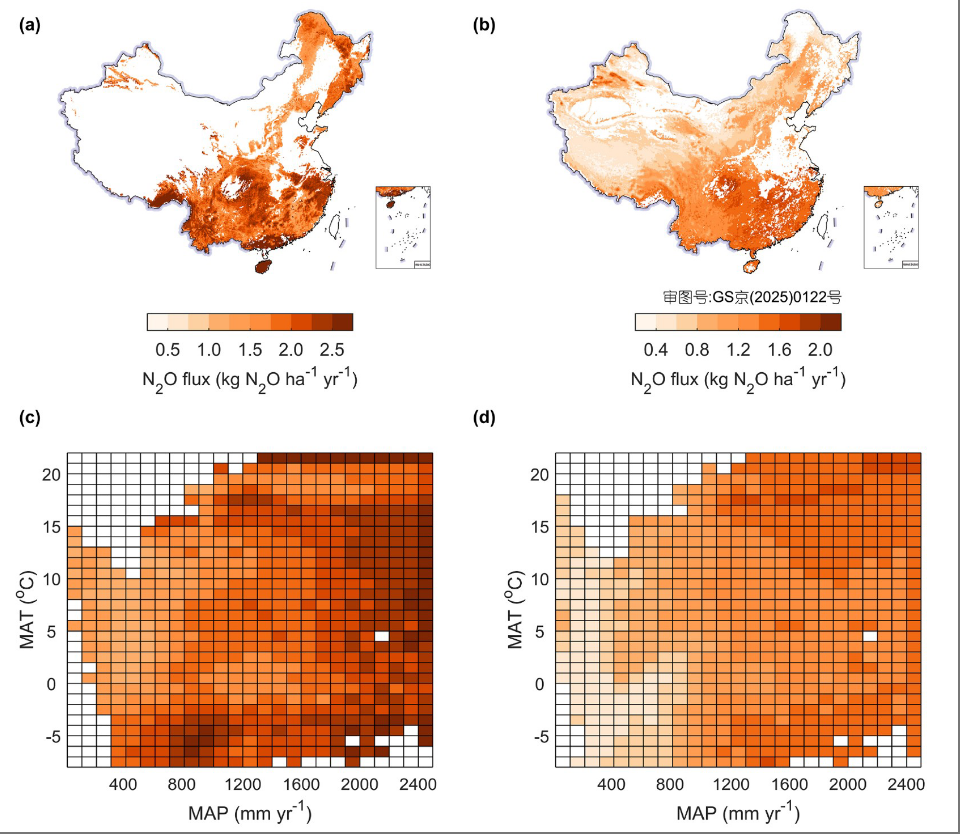
Figure 1. Simulated N2O flux from China’s forest and grassland soils.
Key drivers identified include climatic conditions (temperature and precipitation), soil properties (bulk density, pH, soil carbon and nitrogen ratio), and nitrogen availability (total soil nitrogen and nitrogen deposition). Specifically, N2O emissions from forest soils were strongly correlated with warm and humid environment, while grassland emissions were more sensitive to precipitation and soil bulk density.
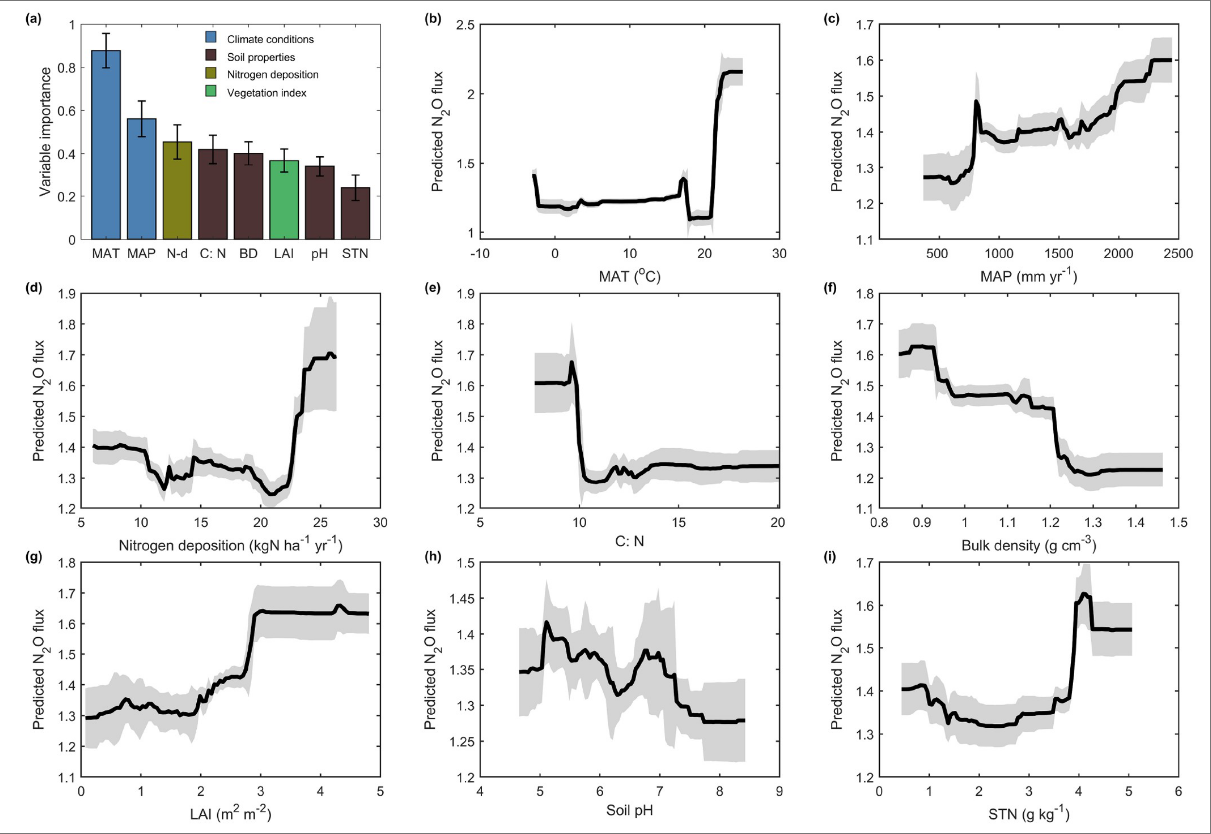
Figure 2. Potential drivers affecting N2O flux from forest soils.
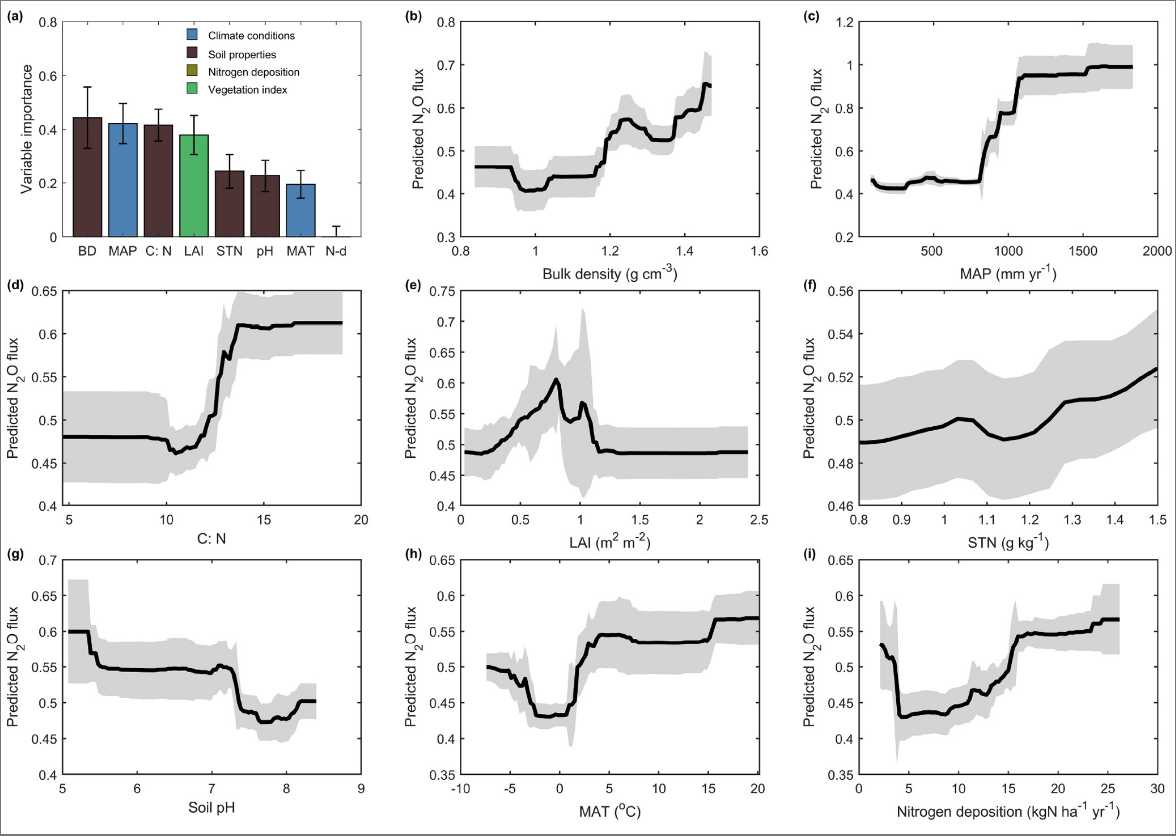
Figure 3. Potential drivers affecting N2O flux from grassland soils.
Temporal Trend and Predominant Driverss of total emissions
This study revealed a clear rise in N2O emissions from natural soils over the past four decades, increasing from 603.2±22.2 Gg N2O yr-1 in 1980 to 711.7±32.3 Gg N2O yr-1 in 2022, with the increasing rate of 2.7 Gg N2O yr-1 yr-1. Notably, forest soil was the primary contributor to this trend, with emissions growing by 5.0 Gg N2O yr-1 per year, while emissions from grassland soils declined by 2.3 Gg N2O yr-1 per year, partly offsetting the overall increase.
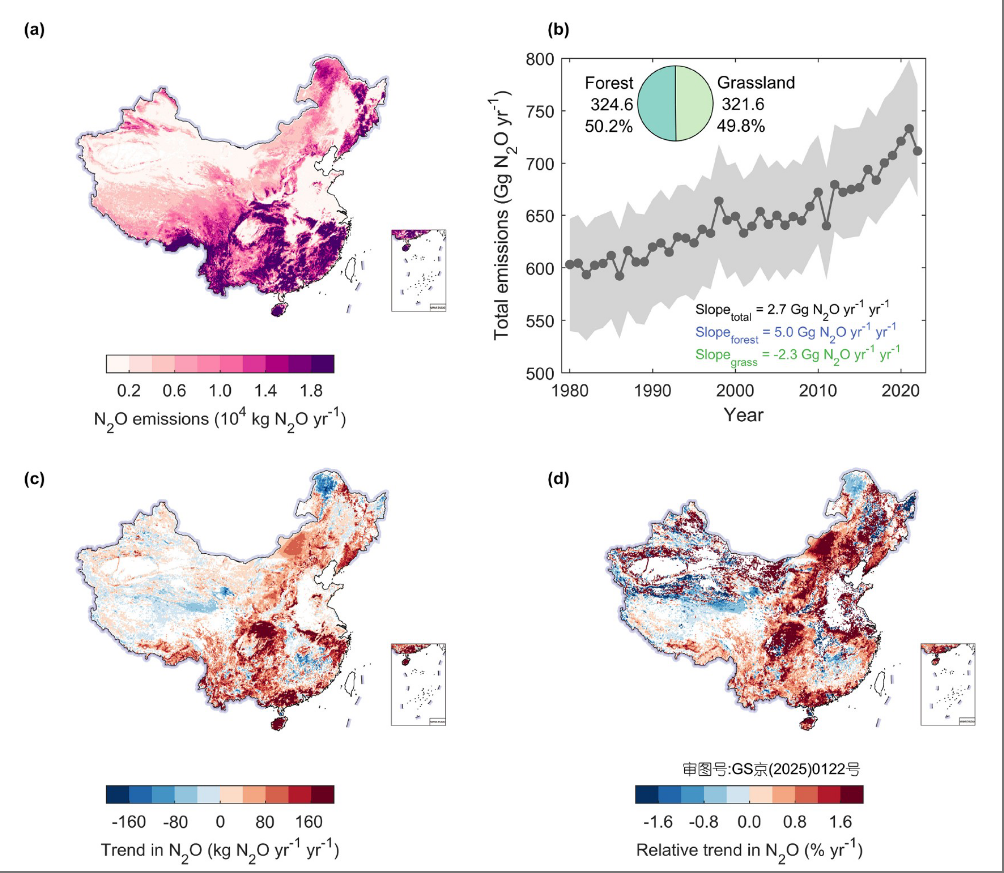
Figure 4. Spatio-temporal variations of N2O emission from China’s natural soils.
Through simulation analysis, this study found that the change of the area of forest and grassland accounted for 77% of the total increase, followed by nitrogen deposition (33%). In contrast, changes in leaf area index (LAI), temperature, and precipitation had relatively minor effects (4%, -4%, and -10%, respectively). Large-scale afforestation has been the key driver of overall rise in N2O emissions from natural soils in China. However, this result solely represents the change of accounting boundary, which does not suggest that afforestation necessarily increases N2O emissions.
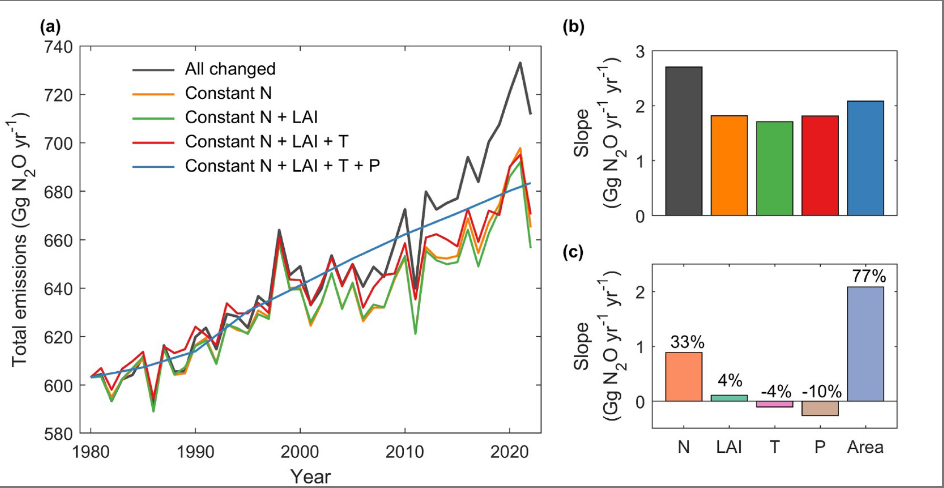
Figure 5. Attribution of Changes in Nitrous Oxide (N2O) Emissions from China’s Natural Soils (1980–2022).
Conclusion
By integrating extensive field data with machine learning method, this study provides critical insights into the spatial and temporal characteristics of N2O emissions from China’s natural soils and identifies the key drivers. The findings not only narrow uncertainties in national emission estimates but also provide a solid scientific foundation for future mitigation strategies.
Assistant Professor Songbai Hong is the first and corresponding author of this paper. The study was supported by the National Natural Science Foundation of China (Grant Nos. 42471116 and 41988101).
Citation
Hong S, Li Z, Tang M, Li F, Yao Y, Yan Y, He M, Wang X, Zeng H, Piao S. 2025. Magnitude, distribution and temporal trend of nitrous oxide emissions from China’s natural soils over 1980–2022. Science China Earth Sciences, 68(4): 1074–1085, https://doi.org/10.1007/s11430-024-1522-4